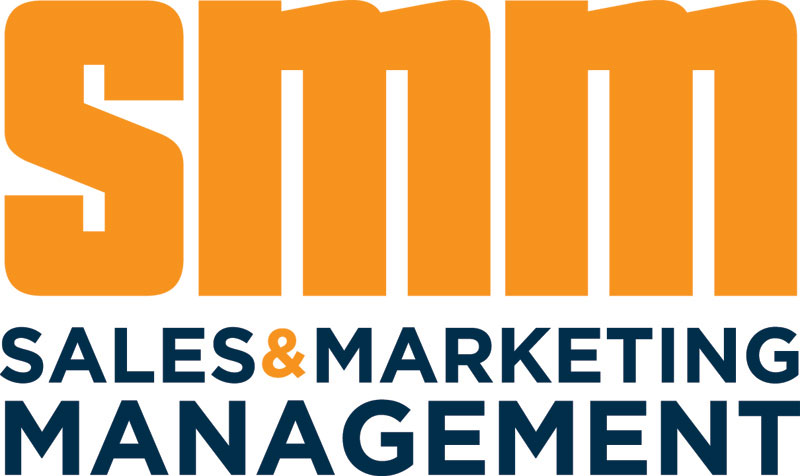White Papers & eBooks
|
The holiday season means major shopping. And your customers are looking for the best deals. As companies try different tactics to reward loyal customers and attract new business, some incentives will work better than others.
Learn how you can stand out from the competition this year. Download our 2023 holiday sales incentives guide and learn how you can send digital gift cards that encourage customer loyalty and attract new business.
|
|
New 75,000-Person Research Study Unveils Findings to Unlock Workforce Potential
With almost universal awareness about the business benefits of employee motivation, why are employees checking out in droves?
New research unveils findings about employee motivation that is stemming this trend in some organizations.
Critical steps detailed that can help increase employee motivation in an organization.
|
|
In today’s global economy, as things like climate change, COVID-19, and political unrest around the world are causing corporations to rethink how they manage their business, a new question has emerged amongst these new theories in the practice of performance improvement: Can effective employee engagement make a positive contribution to stabilizing the global economy? This white paper explores that question in compelling detail.
|
|
The Covid pandemic has changed our lives forever, from the way we communicate, to the way we think about mental health, and far beyond. We have reorganized our priorities, put a higher value on time with family and friends, and have a greater appreciation for some of the freedoms we used to take for granted.
This is no less true in the business world and the day-to-day of our jobs. One of the biggest workforce changes brought about by the pandemic is working remotely. And while many workers have begun to return to the office, a substantial number continue to work remotely or have a hybrid schedule. For some organizations, this new distributed workforce is here to stay. So how do you motivate them appropriately?
Download this white paper for insights.
|
|
The media sales industry, along with many others, took a hit during the pandemic. The industry has bounced back as it continues its transition from traditional to digital formats. Our recent 2023 State of Media Sales survey of nearly 500 media sellers and sales managers reveals the challenges they face are not unlike those across the selling profession. We also discovered the best ways for sales managers in every vertical to improve their outcomes this year.
|
|
Whether your organizational goals include acquiring new customers or retaining top talent, you need powerful rewards and incentives to motivate your recipients.
In this white paper, we'll discuss how you can find the right digital gift card management partner to help you stay competitive.
|
|
Our post-pandemic recovery has left us with instability in our supply chain, inflation, and a unique work environment. As a result, even the most solid retention and growth strategies must adapt and continue to raise the bar to ensure their contributions to brand and business value keep pace.
There has never been a better time to reconsider the role of Business-to-Business (B2B) incentive and loyalty strategies.
This ebook makes a case for why B2B incentive and loyalty program strategies must be refreshed or redesigned. Then, we will explore how to do that by exposing the three major reasons brands do not make these changes today.
Finally, we will provide a checklist of the steps you should follow to refresh and reinvigorate your programs. Brands who simply roll over their program from year to year risk, at best, missing out on incremental revenue that could be achieved by reassessing your target audience's values.
At worst, these brands face customer retention issues and lose share to their competitors. On the other hand, brands that redesign and make their programs smarter can experience about 20% gains in Return On Investment or more. Let’s dig in!
|
|
It’s the most important thing you can do as a sales leader: Master the skill of sales coaching
It’s the difference between hitting your number every once in awhile and achieving over-goal performance year after year.
It’s the difference between moving up in your career or moving out.
Yet so few sales leaders know how to coach their salespeople.
Do You?
Sales Coaching Success: Five Secrets
Will help you:
✓ Know why the goals you set with your reps aren’t working very well.
✓ Discover the powerful habit that supercharges any salesperson.
✓ Create a cadence of accountability that drives real revenue results.
✓ Learn a proven process for conducting effective weekly one-on-ones.
✓ And best of all, love being a sales leader again!
|
|
Introduction
When Peter McLaughlin and I first began talking about the topics of communication and feedback specifically, we quickly realized we had several things in common. We both felt that we were not particularly effective in giving feedback. In fact, we felt that we were pretty bad.
We enjoyed the challenge and the positive results that come with a successful feedback conversation. We wondered why we had not naturally learned to give feedback. We agreed that if we were provided with a roadmap or model for giving feedback, we would have performed much more effectively in such situations. Looking back at particular examples, we both had a sense of delight from the positive encounters, and a sense of dread over the sessions that left us feeling discouraged, beaten down and lackluster.
So why did we begin a project filled with such negative emotion? The answer—both to improve our own feedback skills and to examine what it would take to teach a new perspective and help "turn the opinion tide" that has made feedback a dreaded negative topic.
Who doesn’t want to get better? Have you ever known anyone who said, "Nah, I’ll just stay mediocre and by the way, I don’t want a raise, promotion or exciting project…" Probably not. Our internal drive propels us to strive, learn and improve.
|
|
The Sales Leader’s Guide, 2023:
Mitigate Market Risk and Drive Sustained Revenue in an Uncertain Economy
With 2023 around the corner, it’s no secret that rumors of a recession are looming as inflation is at its peak and the market continues to fluctuate. While economic uncertainty is difficult to ignore, what does it mean for sales leaders and businesses?
Readjusting expectations and evaluating processes will be a big part of successfully mitigating market risk and driving revenue in an uncertain economy. However, rather than reacting to market conditions, the successful leader will purposely pivot - using strategy, data, and resources efficiently to make better, data-driven decisions for their organization.
With employee churn at a high, factors including upskilling and retaining talent, focusing on the quality of conversations, streamlining your tech stack to preserve time and budget, and mitigating organizational risk are just a handful of factors to consider when evaluating your readiness for the new year.
This eBook outlines the following ways in which sales leaders can purposely pivot and utilize both data, technology, and strategy to remain resilient and overcome obstacles presented by a changing economic environment:
Readjust your expectations to adapt to the changing economy
Ramp new hires to full revenue productivity sooner
Focus on quality conversations, not the quantity
Mitigate organizational and budget changes by improving sales effectiveness
Consolidate resources to better preserve time and budget
Streamline tech to provide a seamless loop of insights and integrations
Tailor your communications to avoid fines or upset consumers
Ensure that your decisions are data-driven; it’s more important than ever
|















.png?1680708426)






